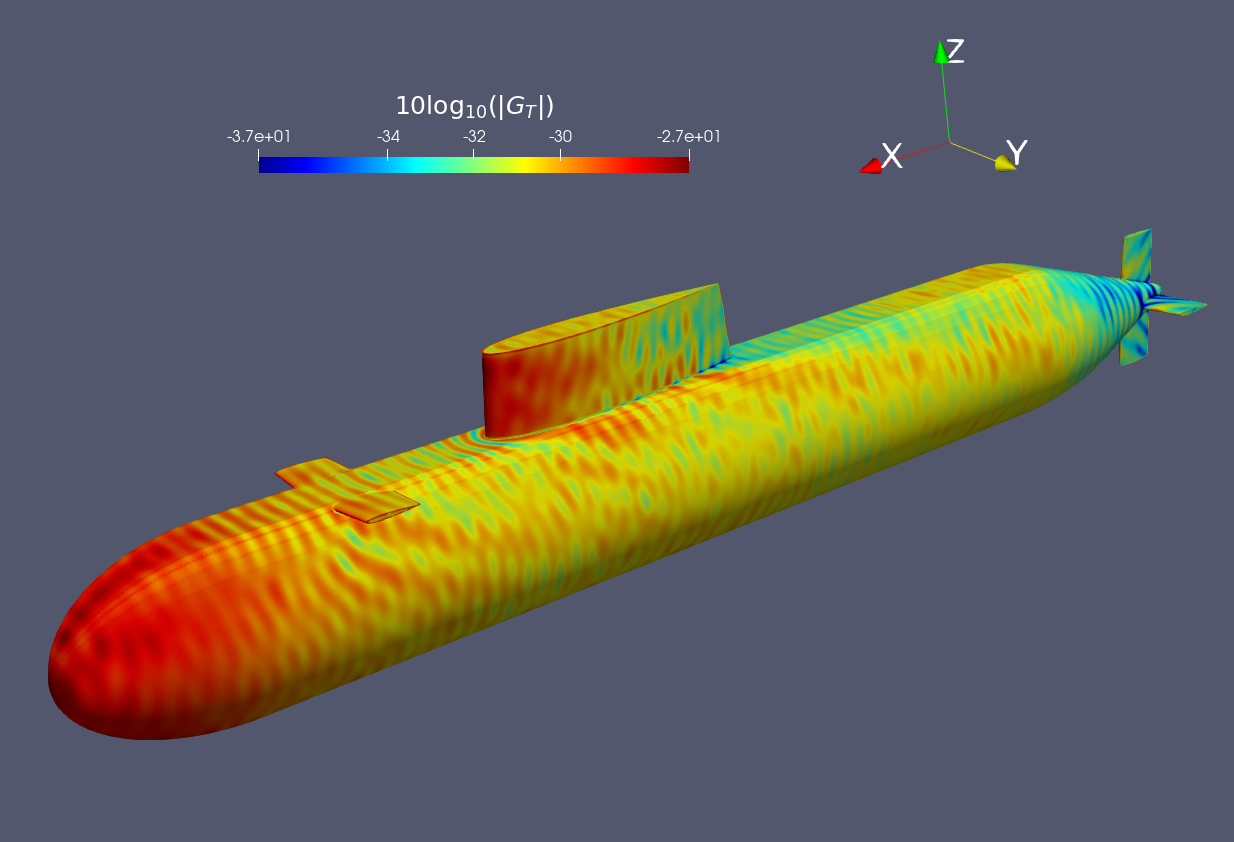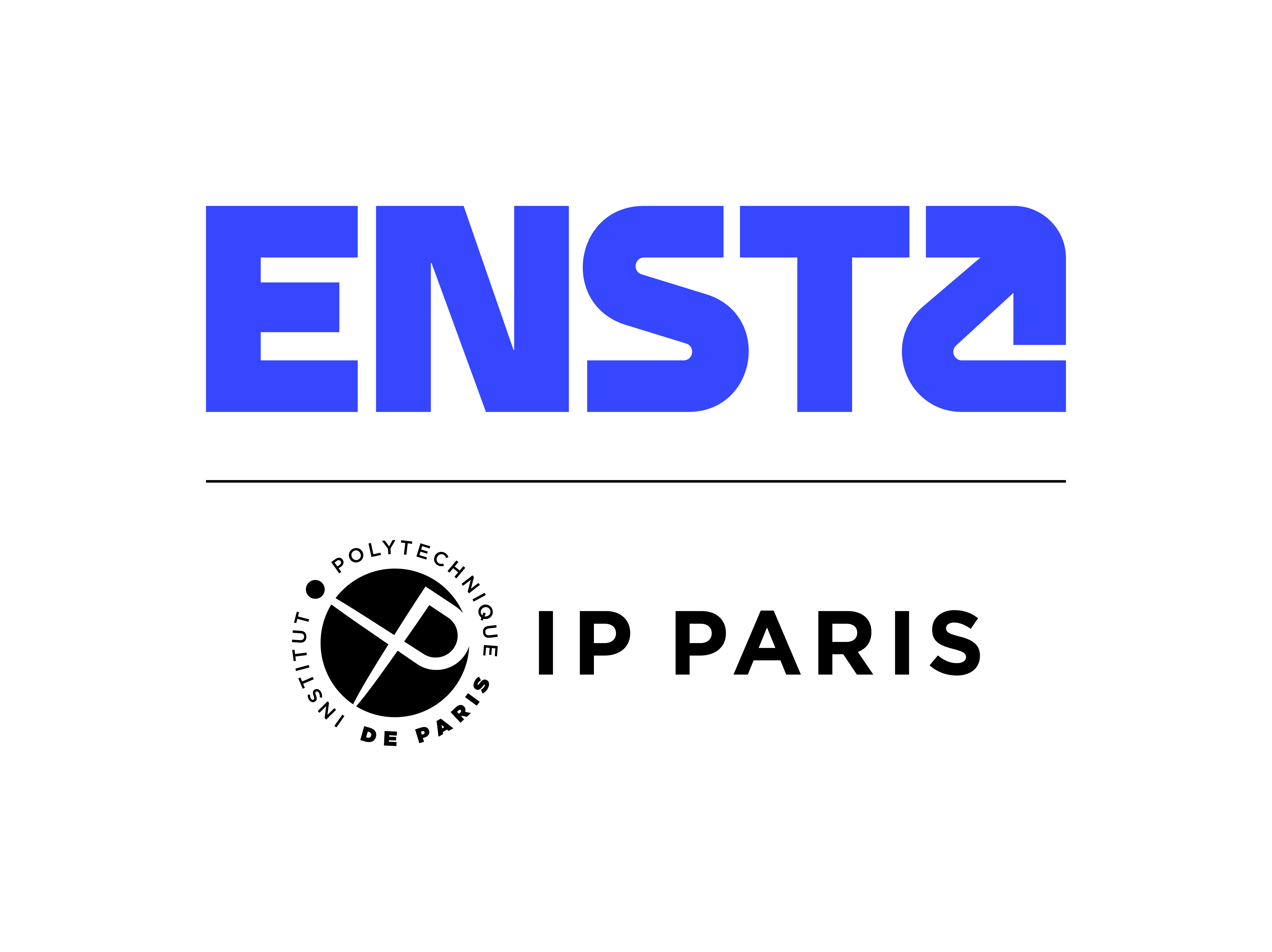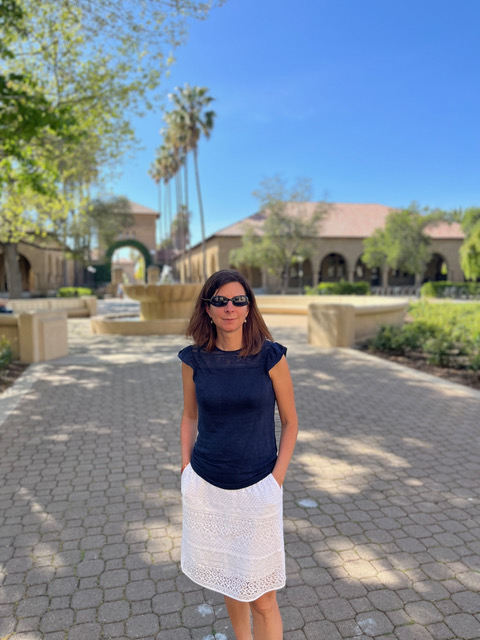In collaboration with Eric Dunham of the Stanford Department of Geophysics, Stéphanie Chaillat is working on the modeling of several complex geophysical phenomena, all of which taking place in large domains. She is considering the modeling of gas bubbles generated by underwater seismic sources used to image the subsurface. It is indeed important to determine the acoustic signature of these equipments to avoid disturbing the underwater fauna. She is also involved in projects on the modeling of seismic wave excitation by hurricanes or seismic cycles in subduction zones.
Stéphanie Chaillat's work concerns the development of efficient numerical methods to simulate the propagation of acoustic and mechanical waves in large scale domains. Her work is always guided by applications with strong societal stakes.
For example, she has worked on the numerical simulation of the amplification of seismic waves during site effects: depending on the nature of the soil and the topography of the site, seismic waves can indeed be amplified locally, reinforcing the interaction between the movements of the ground and the structures built just above it
For several years, she has been collaborating with engineers from Naval Group and colleagues from ENSTA Paris on underwater acoustics problems, for example to simulate the effect of underwater explosions on submarines or to model the noise emitted by the flows around submarines. All these works are capitalized in the COFFEE software.

« This year at Stanford University is an extremely beneficial experience for me to broaden my spectrum of skills. 11 years after my recruitment at CNRS, I wanted to take some time to discover new fields. The POEMS laboratory is an exceptional environment to work on wave propagation. But the development of efficient numerical methods for complex and often coupled phenomena also requires close collaborations with modeling experts. The confrontation of different cultures is very enriching. On campus, I have a unique opportunity to establish links with specialists in these phenomena where waves are important but coupled with other physics. I am grateful to the CNRS for allowing me to live such an experience and Stanford for welcoming me. I thank the many people who accompanied me throughout the preparation of this project. »



